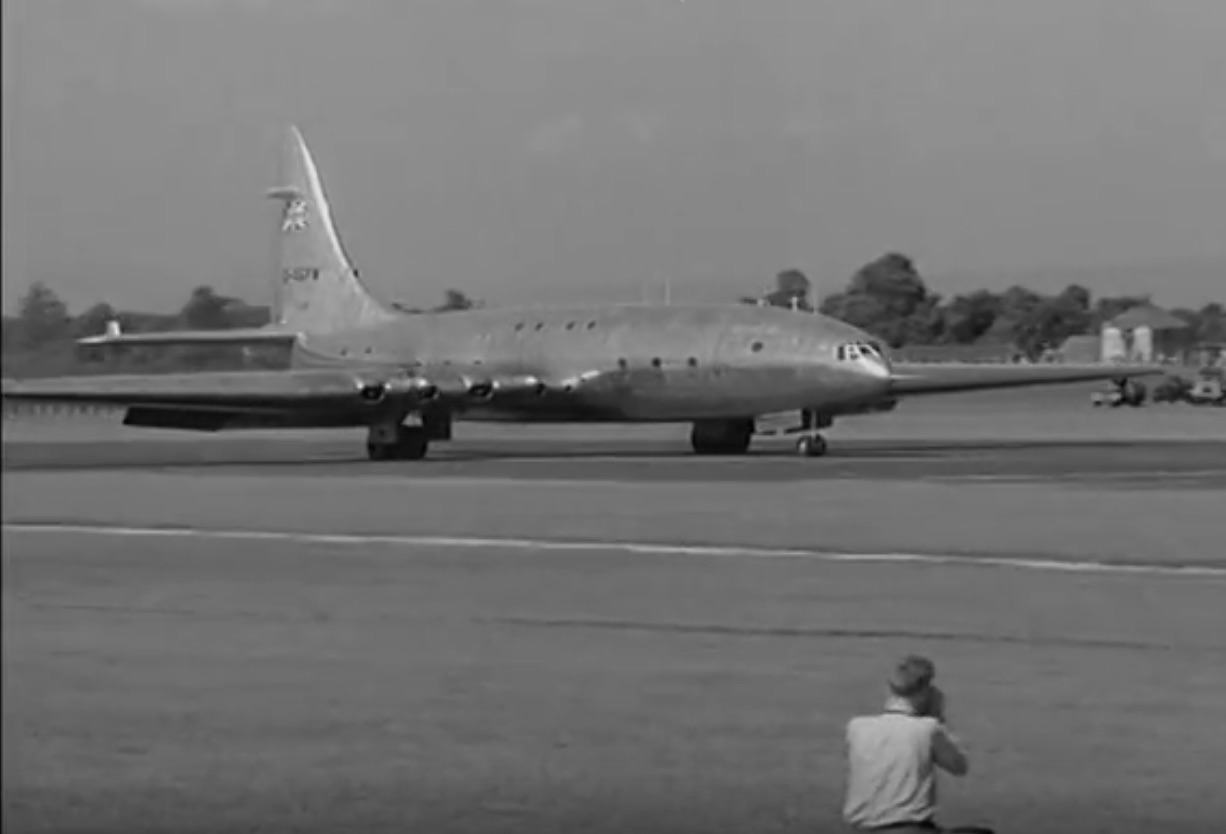Look at a Boeing 747 or an Airbus A380. Two aircraft that are very similar and very different at the same time. The Boeing is the elder frame, being a product of the late 1960s, yet proving to have the engineering and the star power to stay relevant even through today. The A380, by comparison, has only been around about fifteen years or so and has an end date of 2021. What do they have in common? Being giants in the passenger flight game, for starters. Differences? None, really…outside of the physical differences between the hump-backed 747 and the double-decker A380, they both strive to support the same mission when it comes to paying passengers: to provide a luxurious feel in the name of commercial aviation in mass numbers.
It’s not a new concept, however. One could argue that the first class of jet aircraft supported that game. Planes such as the de Havilland Comet, the Boeing 707, the Douglas DC-8 and the Convair 880 were already moving people en masse before the widebodies were built, and prior to that smaller aircraft like the Douglas DC-6 and the Convair 240 handled local routes while beasts like the Boeing 377 Stratocruiser handled long-haul routes. The smaller aircraft were filling roles that you’d find in regional aircraft today, small hops that didn’t take much time. But what about long-haul trips where passengers expected luxury for the trip they were paying for? This was back when flying was a highly privileged affair…passenger comfort was top-tier and cattle class flying wasn’t a thing yet.
Enter Bristol Aeroplane Company. Bristol had been awarded the contract to build one of the four designs that had come down from the findings of the Brabazon Committee by the Air Ministry. They got the Type 1, a very large Transatlantic airliner. The proposed aircraft, known as Type 167 in the documents, was properly large: a 177 foot long fuselage, a 230 foot wide wingspan, eight Bristol Centaururs 18-cylinder radial engines paired off into four gearboxes, driving contra-rotating propellers, and room that gave a minimum of 200 square feet for each passenger and up to 270 square feet for luxury classes. It would also have enclosed sleeping berths for 80 people, a dining room, a promenade, a bar, and even a cinema. If seating was spaced out in the conventional setup, the Brabazon could pack up to 300 passengers comfortably. Just to compare the sizes, the fuselage diameter is bigger than a 747 by a couple of feet and the aircraft is just a couple of feet shy of a Boeing 767-300. In 1949, this was Cumulus Aluminus.
The Brabazon prototype flew, but problems cropped up fairly quickly. Nobody was interested in the giant. The costs kept climbing up. Bristol’s finances weren’t happy and neither was the government. After 382 flight hours, the Brabazon and a second prototype were scrapped to the tune of £10,000 and Bristol carried on with their other project: the popular Bristol Britannia.













Bristol used the giant runway to test their cars so at least something was salvaged from this project.
You’re quick on the draw, Geordie!
There were a lot of huge aircraft developed in the WWII period, none of which were successful: the Brabazon, Saunders-Roe Princess, Convair Model 37/XC-99, Lockheed R6V Constitution, and the Hughes H-4 Hercules. All were ahead of their time in terms of capacity and the engines of the day just didn’t have the suds to make such vehicles useful and practical.
Smaller aircraft that cost less to build, finance, and maintain, and can be used more frequently, are very often the best economic solution, even if they’re more prosaic and less badass then the giants like the Brabazon. Airbus makes a fortune on the A320 series, but the A380, although a magnificent technical achievement, is an economic flop, unless you have a very specific and unique business model, like routing everybody in the entire world through Dubai.